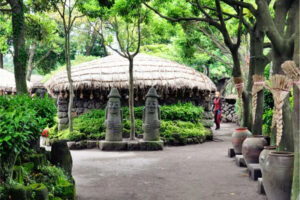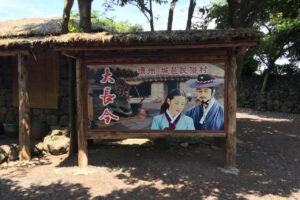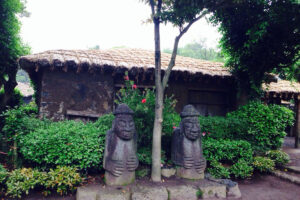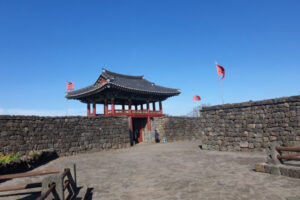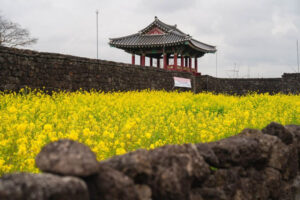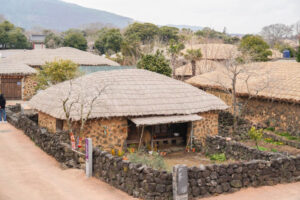home » Seongeup Folk Village
Welcome
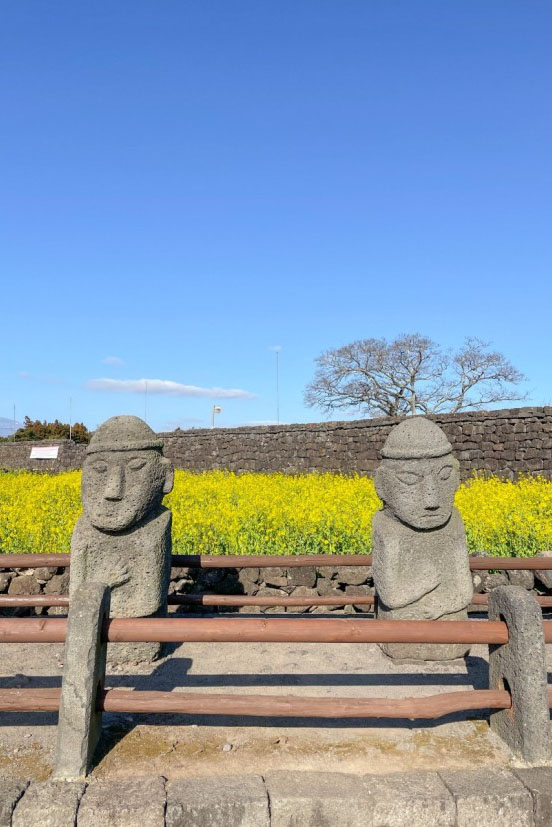
Seongeup Folk Village is located at the foot of Halla Mountain. There are many cultural heritages, and the original appearance of the ancient village is well preserved, which is protected by the Korean government. The aborigines here will receive a government subsidy every year, allowing them to continue to live here and retain the characteristics of the folk village. There are many people living here in the folk village. Tangible cultural heritage such as dwellings, township schools, ancient government offices, stone statues, rollers, city ruins, steles, etc., and intangible cultural heritage such as folk songs, folk games, local food, folk crafts, and Jeju dialect. The hundreds-year-old beech trees and hackberry trees in the middle of the village have been designated as natural protection objects.
Being in the folk village, as if traveling back to ancient times, you can feel the authentic Jeju style. Here you can see the windshield walls (black lava stones) that seem to be piled sparsely, the straight and curved “Olai” (narrow alleys) built to prevent the wind from directly entering the back room, and Grandpa Stone, known as the symbol of Jeju Island.
iuhan.net
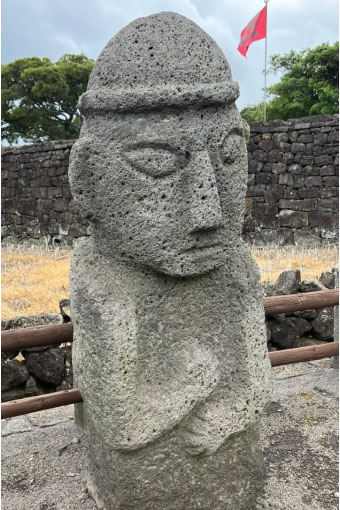
As soon as you enter the folk village, the first thing that catches your eyes is the stone grandfather of Jeju Island, which is made of volcanic rock. It is said that touching the stone has different meanings in different places. For those who want to be lucky, you can touch the top of your head; if you want to get promoted and get rich, touch your belly; . As a more interesting experience, you might as well go to the countryside and touch it as the Romans do before you go in.
The houses in the folk village have no gates, and the doors will not be locked, but a few wooden sticks are placed at the gates of each house. A wooden stick represents that the owner is working in the field, and if there are children at home, he will come back after calling a few times or waiting. Two wooden sticks indicate that the owner is working outside and will not come home until evening. The three sticks represent that the owner has gone on a long journey. The four sticks represent the widow’s house. If there is no wooden stick across the door, it means there is someone in the house. Afterwards, we began to visit the interior of the folk village, which still retains tangible cultural heritage such as dwellings, township schools, ancient government offices, rollers, and steles. At the same time, if you have enough time, you can also experience the following intangible cultural heritages such as making cloth, weaving rope, making cakes, brewing wine, and folk games. The hundreds-year-old beech trees and hackberry trees in the middle of the village have been designated as natural protection objects. In addition, the famous TV series “Dae Jang Geum” was filmed here.


